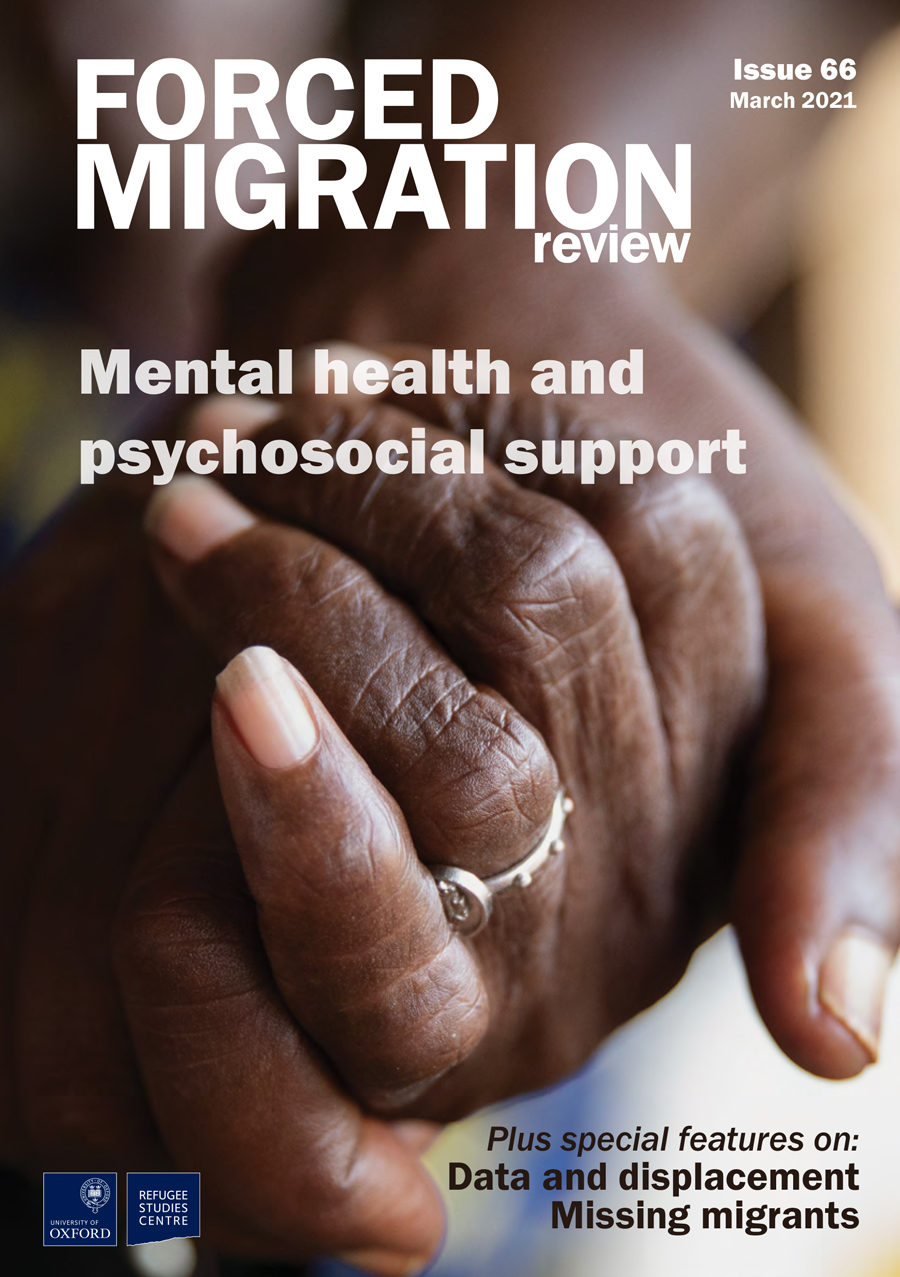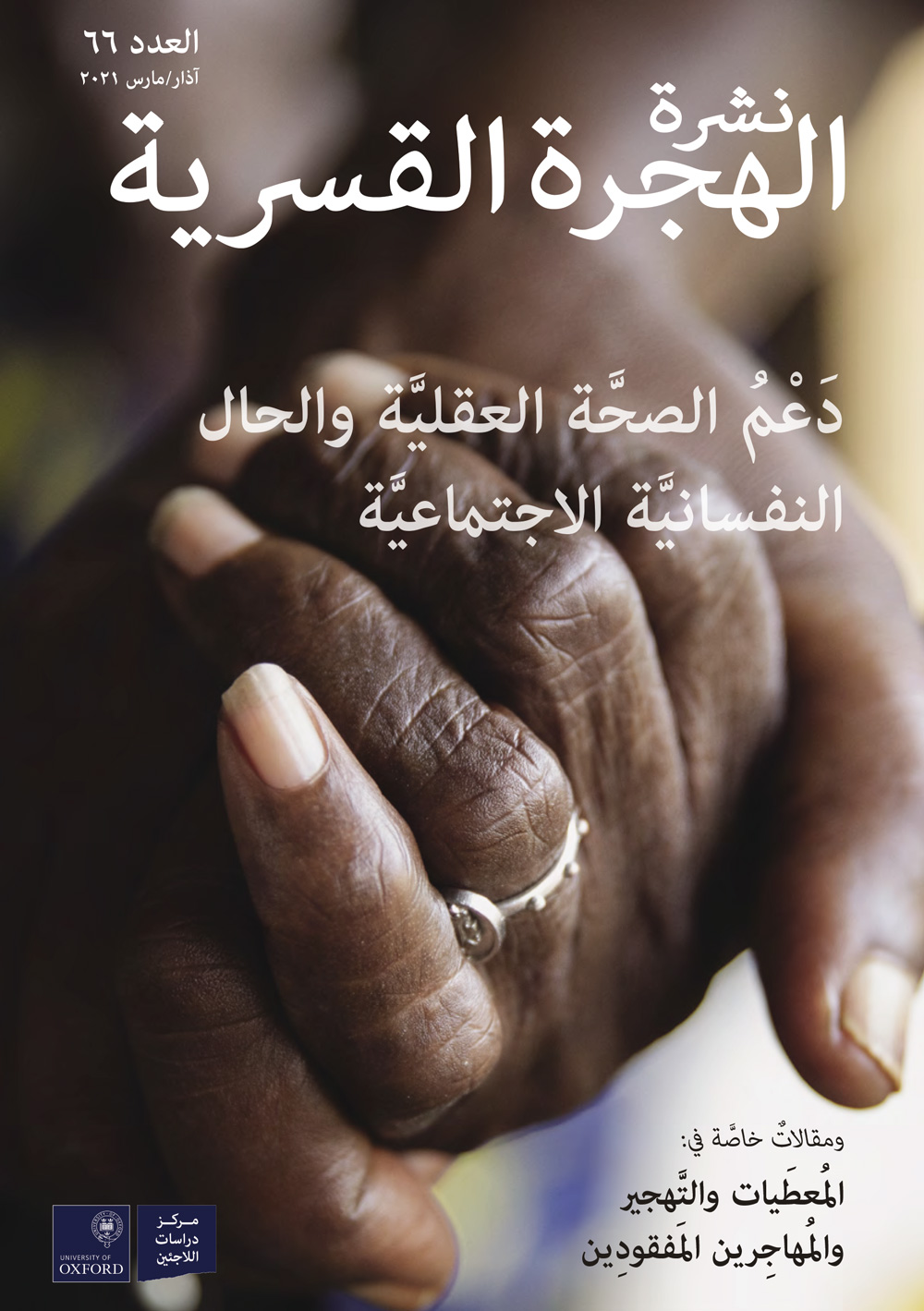Measuring migrant deaths and disappearances
People trying to migrate to other countries drown in sewage canals; they freeze to death in remote forests; they die of dehydration and starvation after their vehicles break down in the middle of the desert. Documenting migrant deaths and disappearances…
الفقدان والأمل والعمل
كثيرٌ من المهاجرين الذين يحاولون قَطْعَ البحر المتوسِّط لا ينجحون، فمنهم مَن يموت فيه ومنهم مَن يختفي. ومع كلِّ مهاجر يُفقَدُ أسرةٌ تتوق التئامَ النَّفس. «لا يمرُّ علينا حدثٌ أو عطلةٌ لا نستحضره فيهما. حتَّى إنَّ ظِلَّه لا يغيب عن…
Tackling DNA data-sharing challenges
Inherited and unchanging throughout life, DNA is a powerful metric for identifying human remains. Technical improvements in using it have advanced over the decades; however, ethical, administrative and bureaucratic barriers restrict its use, particularly for transnational identification. This is apparent…
What about those left behind?
Families of people who go missing on a migration journey either do not know how to seek government support or are sceptical of doing so, and States have done almost nothing to address this issue. There appears to be little…
The search for truth, justice and closure during the pandemic
Bereaved families have the right to truth, to justice and to closure. These fundamental rights are recognised under international human rights law, including under the right to dignity, the right to life and the right to family and private life.[1]…
Missing migrants and their families: a call for greater international cooperation
The search for missing migrants is a transnational, even transcontinental, undertaking requiring cooperation among a broad range of actors.[1] A global intergovernmental framework for such cooperation had been lacking, but this changed with the inclusion (at ICRC’s instigation) of Objective…
Loss, hope, action
Many migrants attempting to cross the Mediterranean do not survive the journey. Others just disappear. With every migrant who goes missing, there is a family longing for closure. “There’s not an event or holiday where we don’t think of him.…


